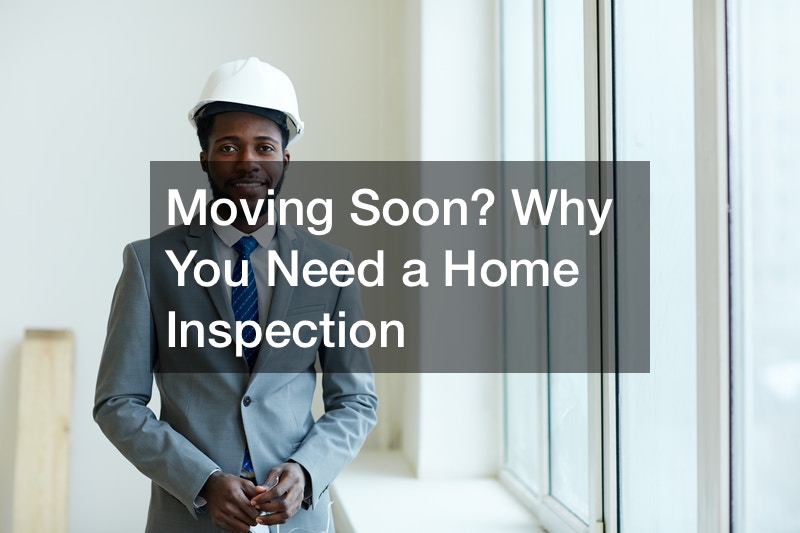
ction. A complete exterior inspection will be performed. This covers things like the roof, crawlspace, outside walls as well as the foundation. The grading process is also examined. Inspectors will look out signs of termite damage, damaged siding damage, foundation issues or drainage issues. They will also determine whether or not the garage door is functioning properly and closing or opening correctly or in the event that you require a repair for your garage door. The inspector will examine the roof for damages and check that it’s correctly installed. After the exterior inspection is complete, the inspector will move on to the interior inspection.
In examining the inside of your residence, they’ll look at important areas such as the electrical and plumbing systems HVAC, and air conditioning. They’ll check to make sure that your electrical panel doesn’t have any security issues, in addition to other aspects. They’ll also check the plumbing to confirm that there’s no leakage or water pressure issues. For heating and cooling systems, the inspector will estimate the age and assess if it’s operating properly. Other rooms of your home which are typically included include the kitchen water heater, appliances, laundry rooms, bathrooms and many more.
What’s not covered in the Home Inspection
It’s important to understand the scope of home inspections. An inspection of your home may not reveal every problem with your new place. An inspector at home is there to discover any indications which indicate significant issues on the property. An inspector may not know the presence of a problem regarding the foundation of your home or other underlying difficulties. You can rest assured that your inspector will check the pipes and electrical wiring and make any needed checks.
They might not know the particulars of the issue But they’ll be able to direct you in the right direction. For instance, if they do not know the cause, they will help you.
pujevnr5gs.
